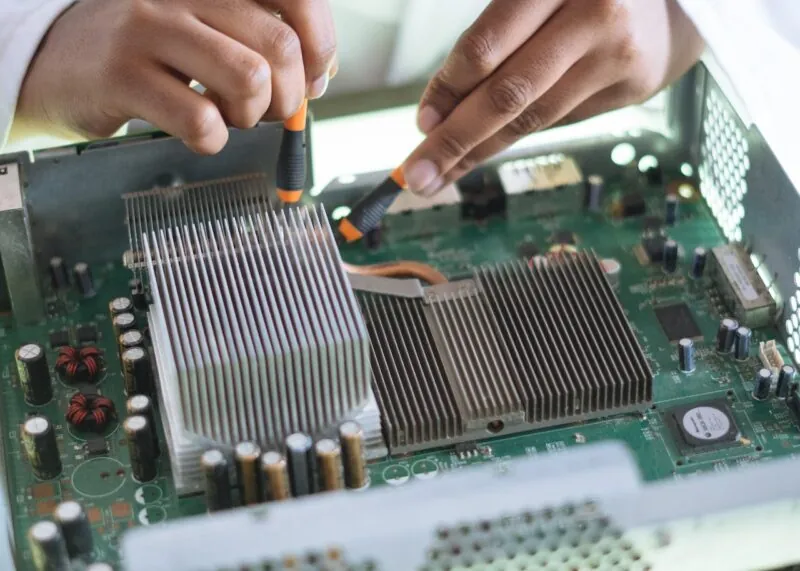China’s Ministry of Industry and Information Technology has unveiled a new set of comprehensive guidelines to steer the growth of humanoid robots. This initiative, detailed in the document “Opinions on the Innovation and Development of Humanoid Robots,” envisions China becoming a pioneering force in this cutting-edge domain.
The blueprint set forth by the ministry is ambitious, with China anticipating the establishment of a robust domestic ecosystem for humanoid robots by 2025. Expectations are set for the mass production of robotic products, enabling China to rapidly close the gap with global leaders in the field. The roadmap further includes the cultivation of two to three leading enterprises, a network of specialized small and medium-sized businesses, and the creation of two to three industrial development hubs by the same year.
In terms of technological milestones, the guidelines underscore a strategic emphasis on pivotal areas such as artificial intelligence, robot autonomy, and advanced robotics engineering—referred to metaphorically as the robot’s “brain,” “cerebellum,” and “limbs”. The vision extends to deploying humanoid robots across various sectors, including electronics, automotive, healthcare, and logistics, highlighting their potential to revolutionise industries and even substitute human labour in extreme environments.
At present, the humanoid robot market holds a valuation of 1.11 billion USD and is on an upward trajectory with a forecasted compound annual growth rate of 21.1% leading up to 2030. The sector’s growth appears to be fueled by both public and corporate investments targeting specific technological advancements.
For companies worldwide, China’s strategic push into humanoid robotics may usher in a transformative era in technology and industry. This ambitious initiative offers a glimpse into a future where artificial intelligence and advanced robotics converge to redefine the norms of production, service, and labour. As China paves the way with its bold vision for humanoid robotics, it is crucial for businesses to stay vigilant and responsive to the shifts that will undoubtedly shape the global market dynamics in the years to come.









